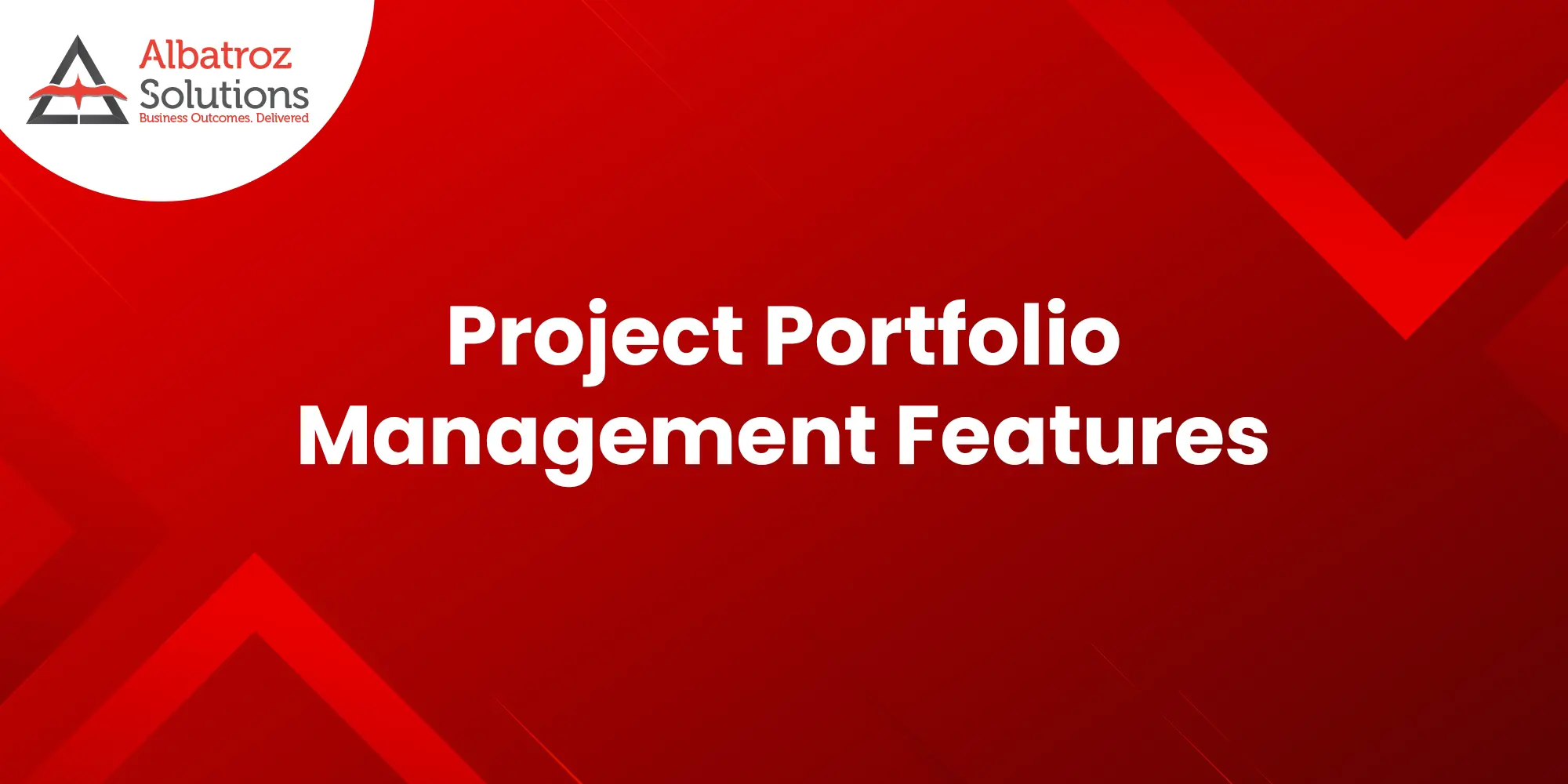



In today’s fast-changing business environment, organizations are always challenged with a rising number of projects and initiatives to manage. As businesses attempt to connect their goals and execution, effective Project Portfolio Management (PPM) becomes essential. It acts as a compass, directing organizations towards their goals, allowing them to make educated decisions, prioritize projects, optimize resource allocation, and ensure that every project is aligned with overall goals. It functions as the central nervous system, facilitating the management of an organization’s whole project portfolio.
In this overview, we will look at the fundamentals of PPM software, including its features, and significance in today’s competitive market. With a constant flow of new projects, the need for a disciplined approach to project management has never been higher. In the following sections, we will look at the essential features available in modern day PPM software, giving useful insights for firms looking to improve their project management capabilities.
In order to better understand portfolio management software, let’s look at how it helps businesses manage resources, plan projects accurately, and reduce risks.
Essentially, portfolio management software gives businesses all the tools they need to manage risks proactively, assign resources optimally, plan projects more quickly, and improve the performance of their entire portfolio. These are necessary to keep project portfolios under control, enhance decision-making procedures, and match projects to strategic goals for attaining successful project outcomes.
Blending project and portfolio management features is like putting together pieces of a puzzle to make everything work smoothly. Using project and portfolio management (PPM) software is a smart way to do this, making sure individual projects and the big picture goals of a company align and work well together.
Project management is about planning, doing, and keeping an eye on each task to reach specific goals. Portfolio management is about looking at the whole picture, making sure projects fit with what the company wants to achieve and that resources are used wisely. PPM software helps to do all this in a more organized and efficient way.
PPM software is like a superhero tool because it gives a clear view of how projects are doing, how resources are being utilized, and if everything is on track. This helps decision-makers choose what projects are most important, aligning them with what the company wants to achieve. Bringing all project data together in one place also makes it easier for teams to work together, avoids doing the same things over and over, and makes sure resources are used in the best way.
In simple terms, using PPM software is a clever move for companies. It helps them do things smarter, make better decisions, and use their resources wisely, all leading to more success in reaching their big goals.
Leveraging Project Portfolio Management (PPM) software has the ability to significantly improve decision-making, operational efficiency, and risk management in your firm. Let’s explore the multiple benefits of PPM software in more detail below.
Choosing the right Project Portfolio Management (PPM) software is vital for maximizing project management skills. Here are some crucial considerations and ideas to help you make the correct decision.
1. Alignment with Business Needs: Ensure that the PPM software is appropriate for your organization’s industry, project complexity, and strategic objectives.
2. Scalability: Select software that can expand with your organization to accommodate changing project portfolios and user counts.
3. Integration Capabilities: Choose seamless integration with existing tools such as project management software, CRM, and accounting systems.
4. Support for Various Project Methodologies: How compatible is the PPM software towards Waterfall, Agile, Hybrid execution and can support your business workflows to be configured online?
5. Customization: Look for software that can be customized to meet your specific workflow and operations.
6. User-Friendly Interface: An intuitive interface encourages user adoption, and thus prioritize user-friendliness.
7. Reporting and Analytics: Strong reporting systems offer information on ROI, resource usage, and project performance.
8. Security and Compliance: To safeguard sensitive data, make sure the software complies with industry-standard security and compliance guidelines.
9. Vendor Reputation: To determine a vendor’s dependability, look into their history, reputation, and client feedback.
10. Cost-Effective Pricing: Assess price models to make sure they fit within your budget, taking into account both up-front and ongoing costs.
11. Ease of Migrating: How easy & quick is it for you to migrate your data from various silos and/or 3rd party systems into the PPM software, so that you can have your business users start using the PPM software online quicker.
12. Trial and Evaluation: Make use of free trials or demonstrations to gauge how well the program satisfies your requirements. Include important stakeholders in the assessment process.
Selecting the appropriate PPM software promotes corporate performance, improves project management effectiveness, and synchronizes projects with strategic objectives. You may make an informed decision by carefully weighing these variables and user reviews.
In conclusion, the adoption of feature-rich Project Portfolio Management (PPM) software has become imperative for businesses navigating the relentless pace of today’s commercial landscape. PPM software serves as a foundation for aligning an organization’s project portfolio with its overall goals, resulting in increased productivity, risk reduction, and informed decision-making. PPM software enables enterprises to holistically optimize their project portfolios through its numerous capabilities, which include resource allocation, task tracking, collaboration tools, project planning, and risk management.
Furthermore, the seamless integration of project and portfolio management features within PPM software produces a harmonious ecosystem where each project becomes an essential contribution to the greater corporate plan. This synchronization allows projects to reach their full potential, allocates resources wisely, and addresses possible difficulties ahead of time. In a dynamic corporate environment with ongoing change and shifting goals, PPM software emerges as more than just a tool, but a strategic partner. It enables smart project prioritization, rigorous resource allocation, and watchful progress tracking, propelling enterprises to growth, competitive advantage, and long-term success. PPM software is unquestionably the core of operational excellence and the driving force behind the attainment of strategic objectives.